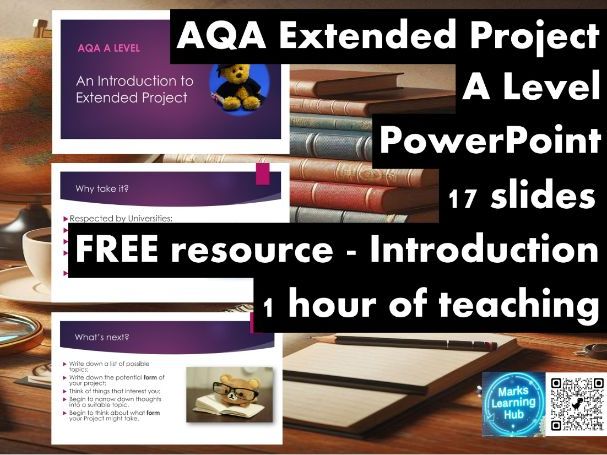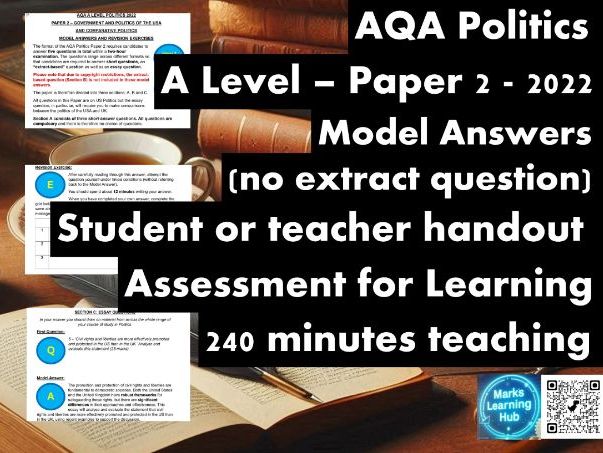Politics, Law, Business, English, EPQ and PSHE resources
Teacher with 30 years in the profession and 30 years worth of resources across a range of subjects: English, Politics, Law, Business and Extended Project. Examining experience across these areas as well. I aim to share cheap and affordable resources for the price of a good cup of coffee so that you can spend more of your time, doing the things that you want.
























